Food labels are often used to lure people into buying products. However, most of these labels are highly misleading or downright false.
Product ingredients are listed by quantity, from highest to lowest amount.
A good rule of thumb is to scan the first three ingredients, because they are the largest part of what you’re eating. If the first ingredients include refined grains, some sort of sugar or dehydrogenated oils, you can be pretty sure that the product is unhealthy.
Another good rule of thumb is if the ingredients list is longer than 2–3 lines, you can assume that the product is highly processed.
Try looking for products that list whole foods as the first three ingredients, and be skeptical of foods with long lists of ingredients.
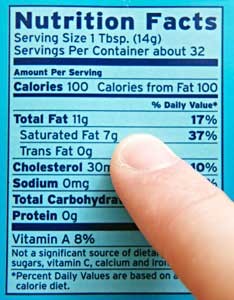 The serving sizes are often much smaller portions than people generally eat in one sitting.
The serving sizes are often much smaller portions than people generally eat in one sitting.
For example, one serving may be half a can of soda, a quarter of a cookie, half a chocolate bar or a single biscuit.
In this way, manufacturers try to deceive consumers into thinking that the food has fewer calories and less sugar than it actually does.
Here are some of the most common ones, and what they actually mean:
Light: Light products are processed to reduce either calories or fat, and some products are simply watered down. Check carefully to see if anything has been added instead, like sugar.
Multi-grain: This sounds very healthy, but basically just means that there is more than one type of grain in the product. These are most likely refined grains, unless the product is marked as whole grain.
Natural: This does not necessarily mean that the product resembles anything natural. It simply means that at some point the manufacturer had a natural source (for example, apples or rice) to work with.
Organic: This label says very little about whether the product is healthy or not. For example, organic sugar is still sugar. Only certified organically grown products can be guaranteed to be organic.
No added sugar: Some products are naturally high in sugar. The fact that they don’t have added sugar doesn’t mean they’re healthy. Unhealthy sugar substitutes may also have been added.
Low-calorie: Low-calorie products have to contain 1/3 fewer calories than the same brand’s original product. However, one brand’s low-calorie version may contain similar calories as the original of another product.
 Low-fat: This label almost always means that the fat has been reduced at the cost of adding more sugar. Be very careful and read the ingredients listed on the back.
Low-fat: This label almost always means that the fat has been reduced at the cost of adding more sugar. Be very careful and read the ingredients listed on the back.
Low-carb: Recently, low-carb diets have been linked with improved health. However, processed foods that are labeled low-carb are usually just processed junk foods, similar to processed low-fat junk foods.
Made with whole grain: There is probably very little whole grain in the product. Check the ingredients list and see where the whole grain is placed. If it is not in the first 3 ingredients, then the amount is negligible.
Fortified or enriched: This basically means that some nutrients have been added to the product. For example, vitamin D is often added to milk.
Gluten-free: Gluten-free does not equal healthy. It simply means that the product doesn’t contain wheat, spelt, rye or barley. Many foods are gluten-free, but can be highly processed and loaded with unhealthy fats and sugar.
Fruit-flavored: Many processed foods have a name that refers to a natural flavor, such as strawberry yogurt. However, there may not be any fruit in the product, only chemicals designed to taste like fruit.
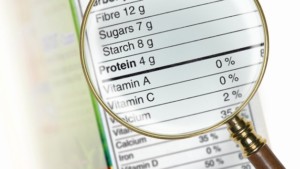 Zero trans-fat: “Zero trans-fat” actually means “less than 0.5 grams of trans fat per serving.” So if serving sizes are misleadingly small, the product can actually contain a lot of trans fat.
Zero trans-fat: “Zero trans-fat” actually means “less than 0.5 grams of trans fat per serving.” So if serving sizes are misleadingly small, the product can actually contain a lot of trans fat.
To avoid accidentally consuming a lot of sugar, it may be wise to look out for the following names of sugar in the ingredient lists:
Types of sugar: beet sugar, brown sugar, buttered sugar, cane sugar, caster sugar, coconut sugar, date sugar, golden sugar, invert sugar, muscovado sugar, organic raw sugar, raspadura sugar, evaporated cane juice and confectioner’s sugar.
Types of syrup: carob syrup, golden syrup, high fructose corn syrup, honey, agave nectar, malt syrup, maple syrup, oat syrup, rice bran syrup and rice syrup.
Other added sugars: barley malt, molasses, cane juice crystals, lactose, corn sweetener, crystalline fructose, dextran, malt powder, ethyl maltol,fructose, fruit juice concentrate, galactose, glucose, disaccharides, maltodextrin and maltose.
Obviously, the best way to avoid being misled by these labels is to avoid 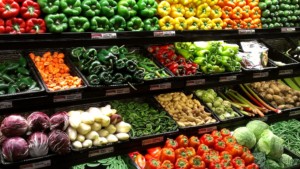 processed foods altogether. However, if you decide to buy packaged foods, it is necessary to sort out the junk from the higher quality products.
processed foods altogether. However, if you decide to buy packaged foods, it is necessary to sort out the junk from the higher quality products.
Keep in mind that whole food doesn’t need an ingredients list, because the whole food is the ingredient.

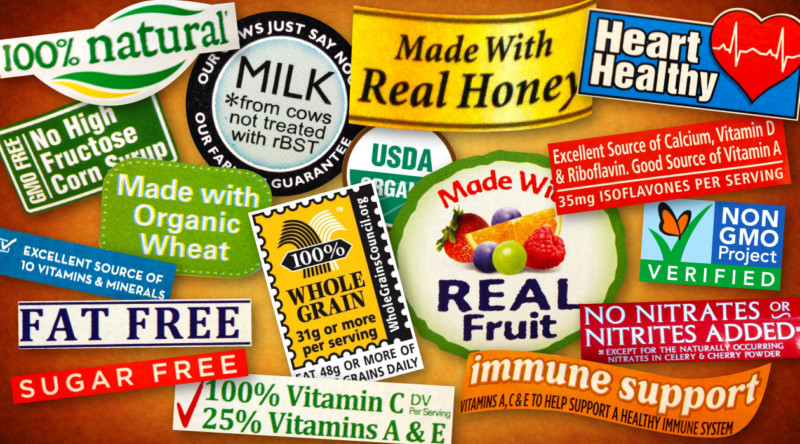
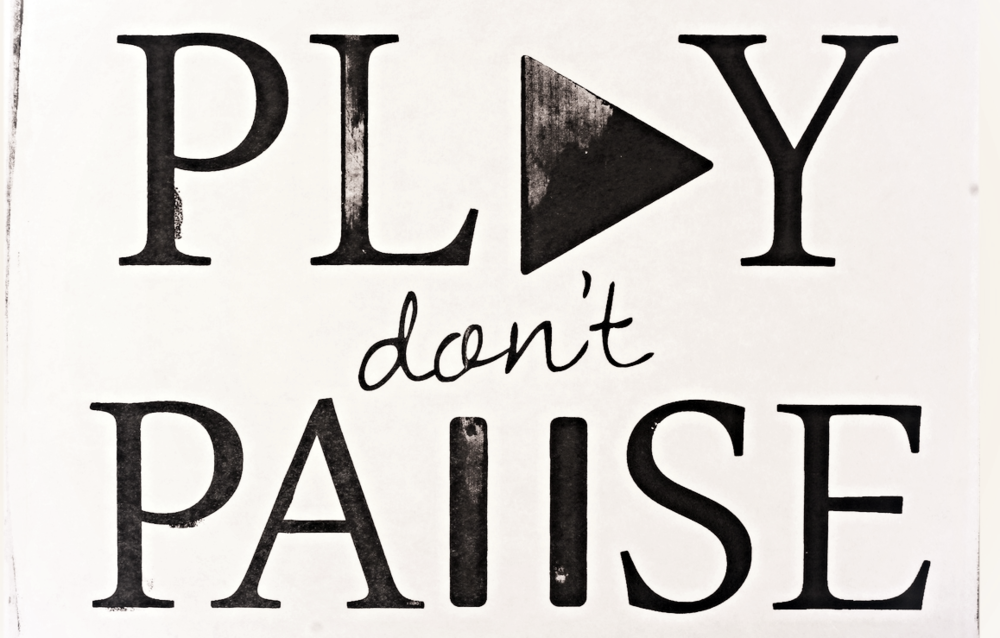




Leave A Comment
You must be logged in to post a comment.